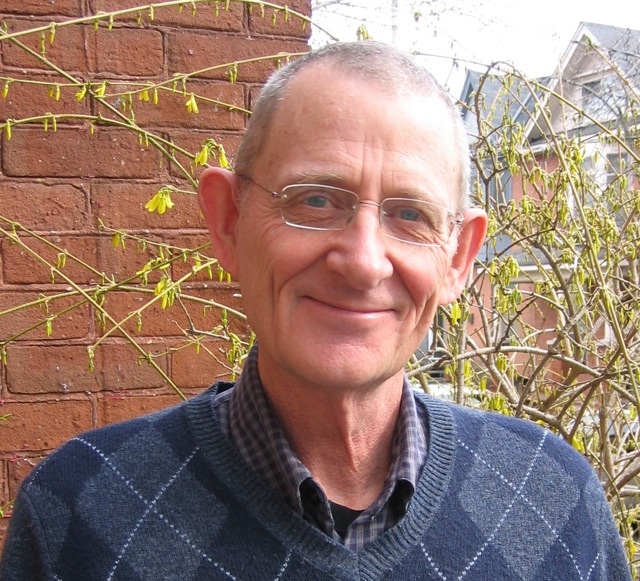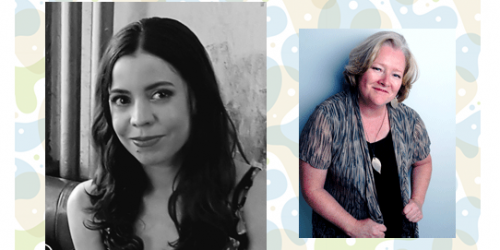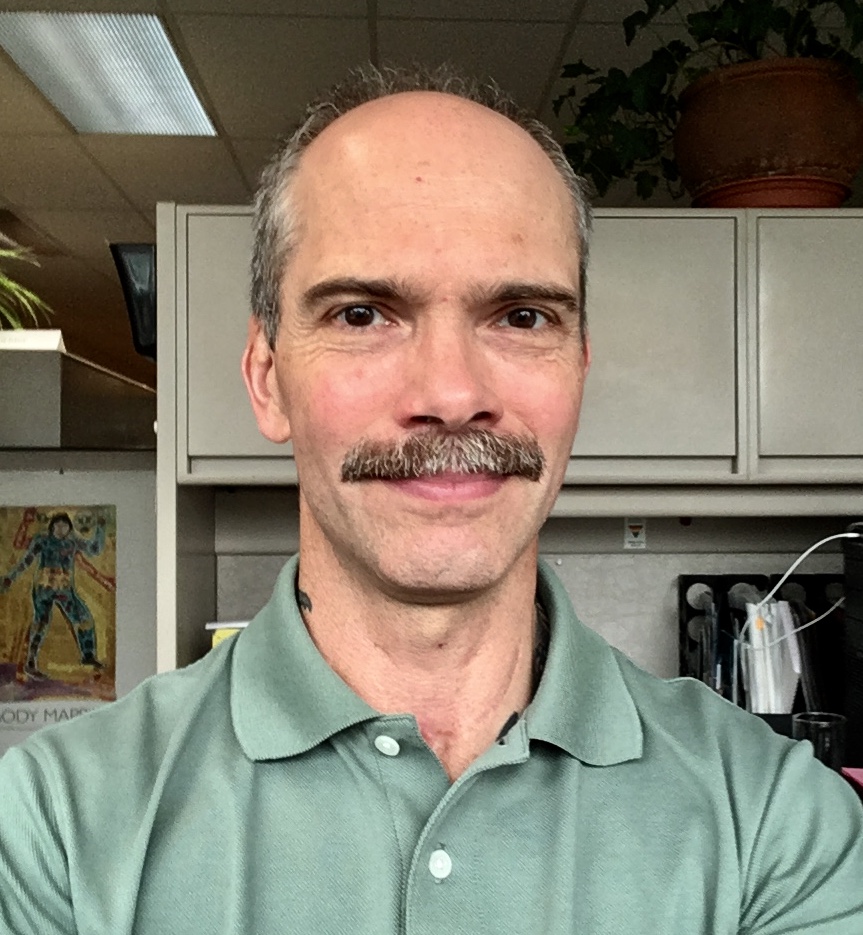Ensemble, faire de Montréal une ville sans sida
4 décembre 2018 • Par Pierre-Henri MinotEn énonçant les objectifs 90-90-90 en 2014, l’Organisation mondiale de la Santé et l’ONUSIDA proposaient une impulsion nouvelle : notre génération pourrait voir la fin de l’épidémie du sida. Nombreuses sont les voies possibles pour arriver à ce résultat, et les initiatives de riposte accélérée des Villes, les Fast Track Cities, en sont une. C’est à Paris le 1er décembre 2014 qu’est né ce modèle des Villes sans sida[1], issu d’un constat : les 200 villes les plus touchées abritent à elles seules plus du quart des 35 millions de personnes vivant avec le VIH. En s’impliquant dans la riposte au VIH,...






